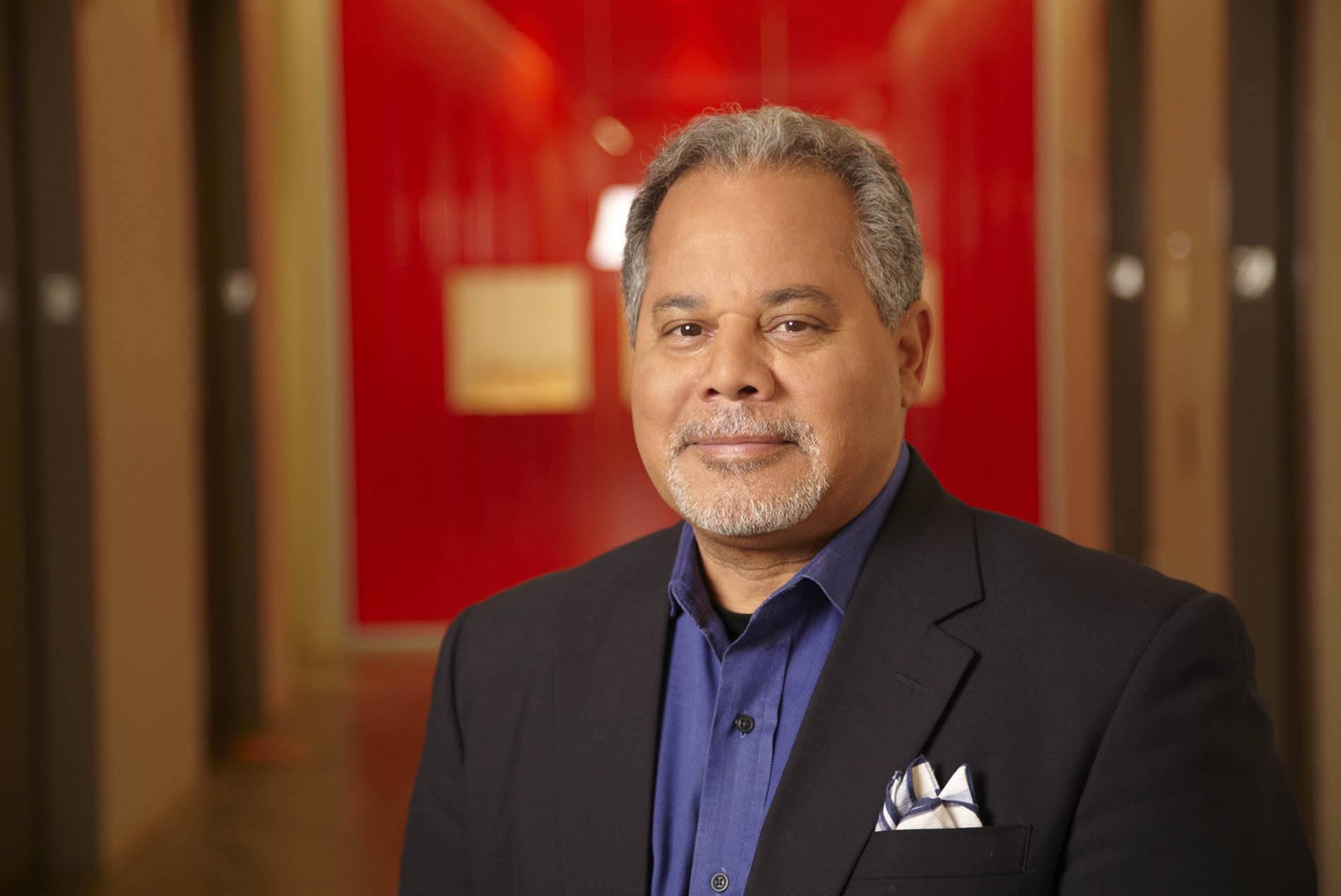The director of business development for HOK’s Aviation + Transportation group lies awake at night thinking about diversity, equity and inclusion. He has made a career out of turning those thoughts into actions.
Kaven Swan is a soft-spoken, unassuming man. But there’s nothing modest about his accomplishments. Based in St. Louis, he has been a pioneer and tireless advocate for bringing more diversity, equity and inclusion to the design and construction industry—and proving its value.
Swan founded HOK’s first Diversity Committee in the mid-2000s, earning him a spot on the St. Louis Business Journal’s “Most Influential Minority Business Leaders” list. About that time, he helped launch the firm’s global Aviation + Transportation (A+T) practice. Today, he’s an advisor to the St. Louis studio’s Diversity, Equity and Inclusion Committee, director of business development for A+T and a member of the marketing board.
On Nov. 19, Swan accepted a Lifetime Achievement Award from MOKAN Construction and Contractors Assistance Center, a St. Louis advocacy group for minority- and women-owned construction businesses.
HOK Perspectives talked to Swan about his personal and career journey.
What was your childhood like?
My first home was a shotgun house in a rough neighborhood on Evans in North St. Louis. I had three sisters and a brother. My mom worked in a Sunnen factory near downtown. My dad was a bus driver who eventually got a job as a graphics engineer for the Defense Mapping Agency. He had been a staff sergeant in the Army, so our house was always clean and organized—and so were we!
When I was nine, an older kid stabbed me in the arm while I was taking out the trash. After that, we moved to a bigger house on Holly Place, down the street from O’Fallon Park. I got my own bedroom. It was earth shattering!
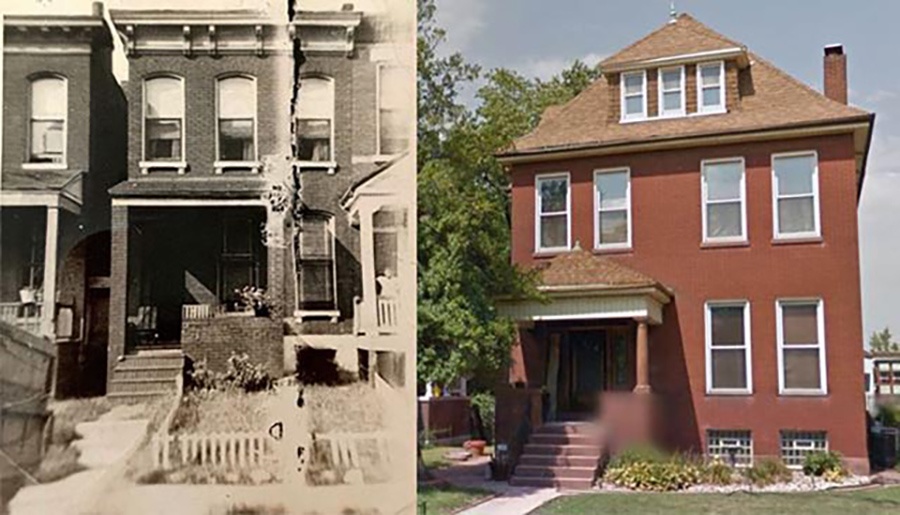
Kaven’s childhood homes on Evans Avenue and Holly Place in North St. Louis.
My mom was a committeeperson in the neighborhood. Her family was from Louisiana, and we always had gumbo and spicy food. My dad was an amazing artist. His paintings and signs, which he would sell, were scattered all over. I still have his artwork in my home. So, we had a house full of art, food, jazz music and people talking politics. I soaked it all up.
I played football, wrestled and played the drums at Beaumont High School. I had a job at St. Louis Country Club, where I worked my way up from cleaning silverware to waiting tables. In the summer I also worked on the factory assembly line with my mom. And I cleaned an Old Vienna truck for a delivery guy on our street.
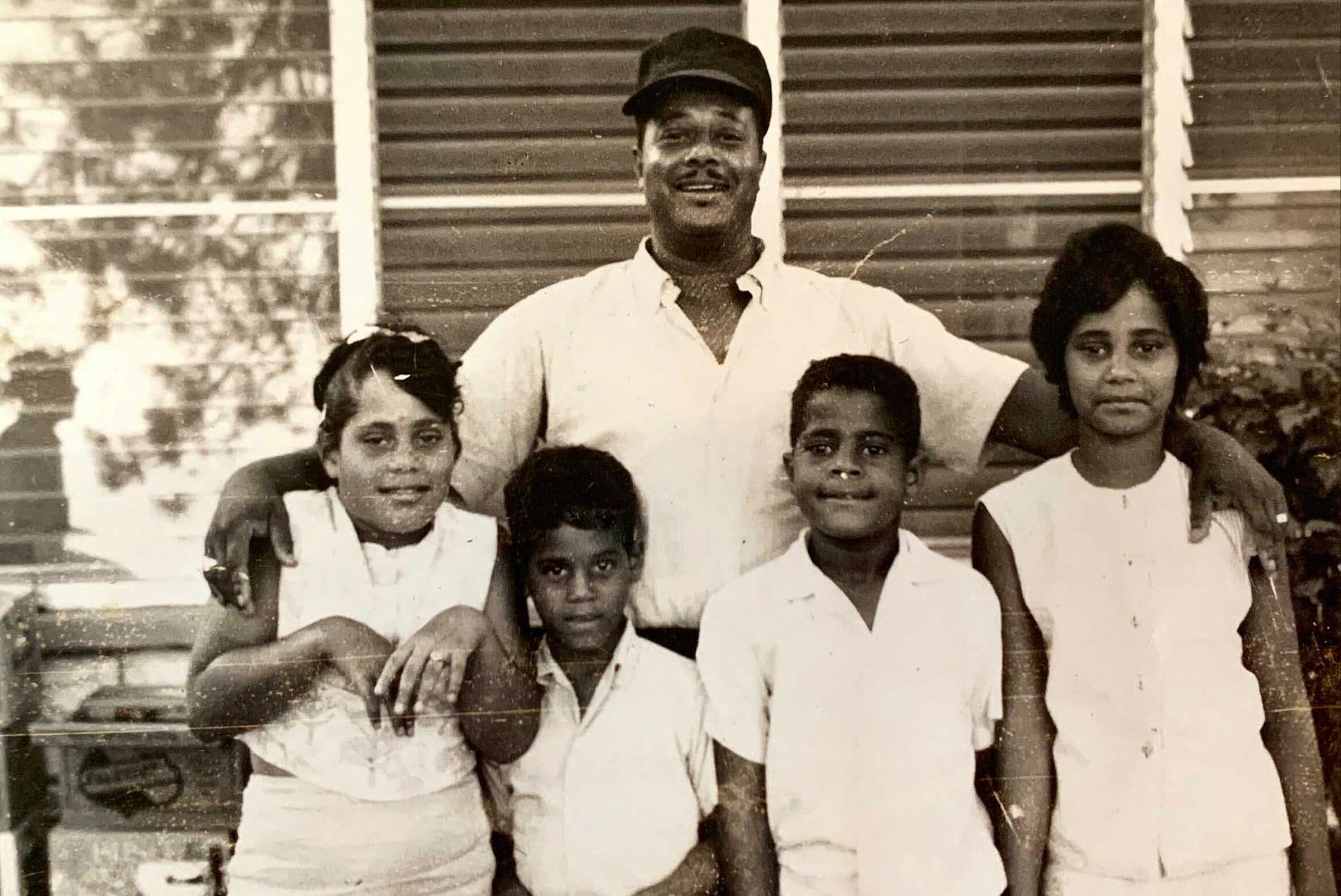
Kaven (second from left) with his sister, brother and parents, 1962.
How did you end up in Atlanta at Morehouse College?
Our neighbor, Dr. Homer Nash, was our pediatrician and he had gone to Morehouse College, an all-male HCBU. He talked my brother and me into going there and helped us get our loans, because he was a board member at Gateway Bank with other Black doctors. Gateway was the first minority-owned bank in Missouri. Our mom made us pay back those loans ourselves.
I came into my own at Morehouse. It was cool to have these African American professors from universities like Harvard and MIT. I became treasurer of the business club and chairman of cultural and social affairs. By junior year, I was teaching marketing and organizational behavior classes for Morehouse’s adult night program. A friend and I created a “Free Ride to Vote Program” in which we would transport people who otherwise couldn’t get to the polls for Atlanta’s mayoral election.
I became friends with the daughter of Andy Young, the future mayor of Atlanta. This was when he was in the House of Representatives. At first he didn’t like me, but I played Scrabble with his wife and he noticed I was pretty good. He eventually invited me to sit in on some meetings. I wasn’t allowed to talk! But I listened and learned from Jesse Jackson and ambassadors and members of Congress. This opened the door for me to shadow Atlanta Mayor Maynard Jackson. Andy and Maynard were both role models.
And four decades later you would win an award celebrating Maynard Jackson’s legacy for your work at Atlanta’s airport. Did you ever think of going into politics?
I started my career in banking and finance. After Morehouse I went to graduate school at Atlanta University to get my MBA while I was working at First Atlanta (now Wachovia) bank. I moved from Atlanta to New York. But my company, Citigroup, decided to open an office in St. Louis and I was able to come back here in the mid-80s.
About that time, Carl Officer, the mayor of East St. Louis, convinced Citibank to loan me to the City of East St. Louis for three years. The St. Louis Regional Chamber paid some of my salary and I was appointed comptroller and budget director of East St. Louis.
That’s when I met Charlie Fleming, one of the first African Americans to get an architecture degree from Washington University. I eventually went to work for Charlie’s architectural firm to help him open offices in San Francisco, Washington, D.C., New York and Atlanta. This is when I started to build my network of national contacts. I helped Charlie’s development company, Fleming Corporation, design and build modern condominiums in North St. Louis. We used the city’s first Urban Development Action Grant to offer below-market interest rates and make home ownership affordable for first-time buyers
Charlie and I teamed with contractor McCarthy for the construction management of a $380 million renovation to St. Louis’s public schools. The City had just set new goals for minority participation in construction projects. The school board chair asked me to make sure the contracts exceeded targets of 25 percent minority-owned and 5 percent women-owned contract participation versus the previous 17 percent combined. This was a major paradigm shift for local Black architects and contractors.
Michael Kennedy was Charlie’s marketing guy. He was Missouri’s first registered African American architect. When Michael broke off from Fleming to start his own firm in 1992, Kennedy Associates (now KAI Design & Build), I followed him as marketing director.
How did you get involved in Missouri’s government procurement policies?
In the early 1990s, Missouri Governor Mel Carnahan appointed me to chair the Missouri Minority Advocacy Commission. I held that role for 10 years, alongside two different governors, and was proud that we made meaningful changes. We were able to raise minority participation in statewide contracts from less than 1 percent to about 15 percent. Our Commission also developed an Urban Enterprise Loan program that helped emerging firms in enterprise zones in St. Louis and Kansas City secure financing to expand.
When did you start interacting with HOK?
Kennedy and HOK both had offices in One Metropolitan Square in downtown St. Louis. After a few years of seeing HOK’s leaders around, we approached them and had a meeting in which we talked about the mutual benefits of working together. They ended up taking a chance on us. Partnering with HOK and gaining access to its vast resources and tools allowed us to quickly grow our small firm. We won some big projects together. HOK eventually trusted us enough to let us lead major portions of the work, which at the time was a breakthrough for a minority-owned firm.
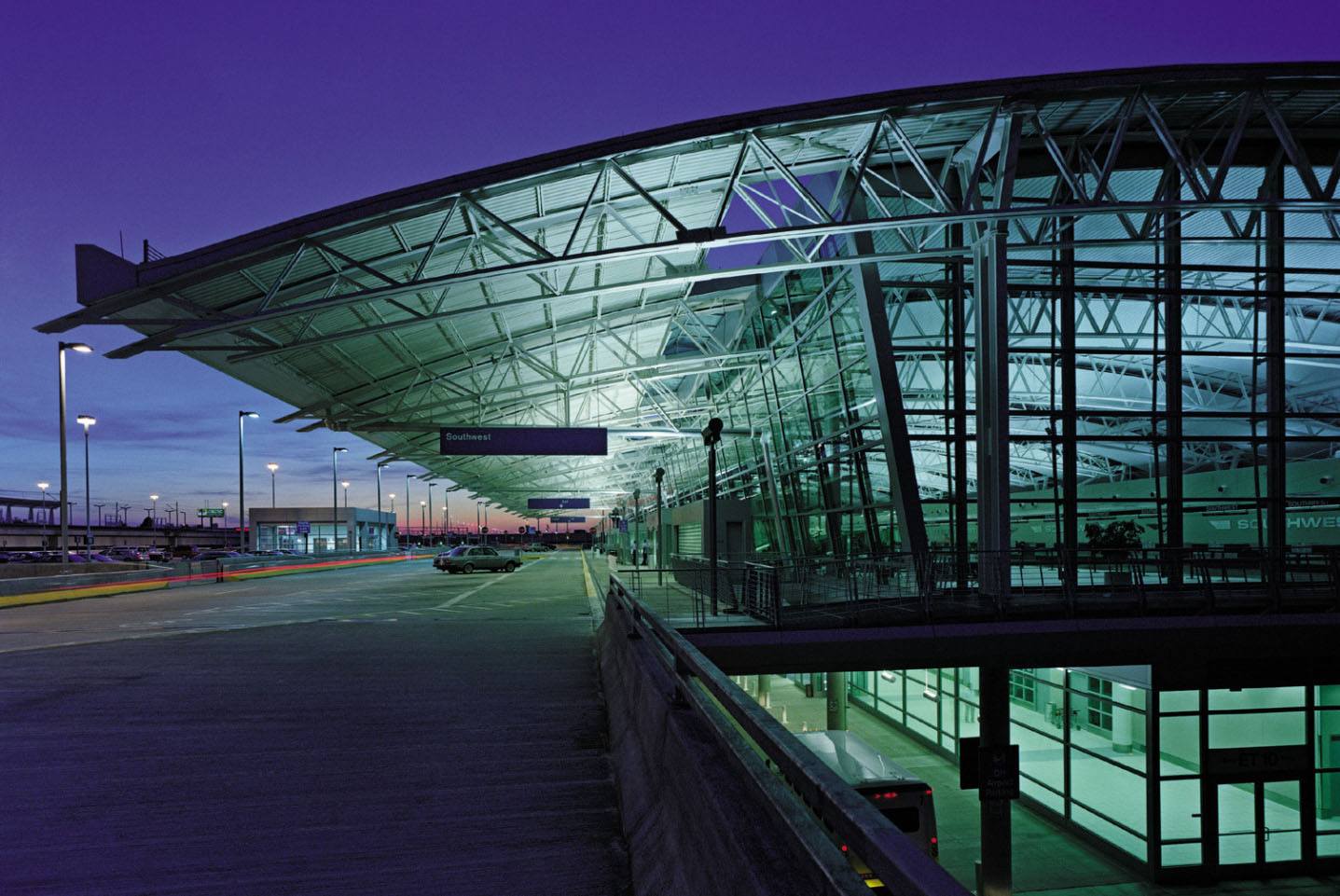
How did you end up focusing on Aviation + Transportation?
A project Kennedy worked on with HOK in the 1990s was the new East Terminal for Southwest Airlines at St. Louis Lambert International Airport (above). That’s when I was bitten by the aviation bug. I already had relationships with many of the people leading big airport projects around the country. In 2002, I left Kennedy and started consulting full-time with HOK.
One of my first projects with HOK was the new midfield terminal project in Indianapolis (below). The Indianapolis Airport Authority challenged us to increase the MBE and WBE firm participation. Though we knew the local firms we identified could do good work, none had worked on airports. I physically went to each of their offices and got six architectural firms together to create an LLC called the ARCHonsortium. They were fast learners and ended up being important team members and contributing brilliant ideas to a hugely successful project. It’s consistently ranked as one of North America’s best airports.
For the next few years, we won a lot of work and launched the Aviation + Transportation MBU. In 2004, I officially joined HOK as a full-time employee. I love working on airports because they are incredibly important to cities. Companies want to be in a city where the airport offers enough direct flights around the country. But cities aren’t going to get better routes without first having a better airport.
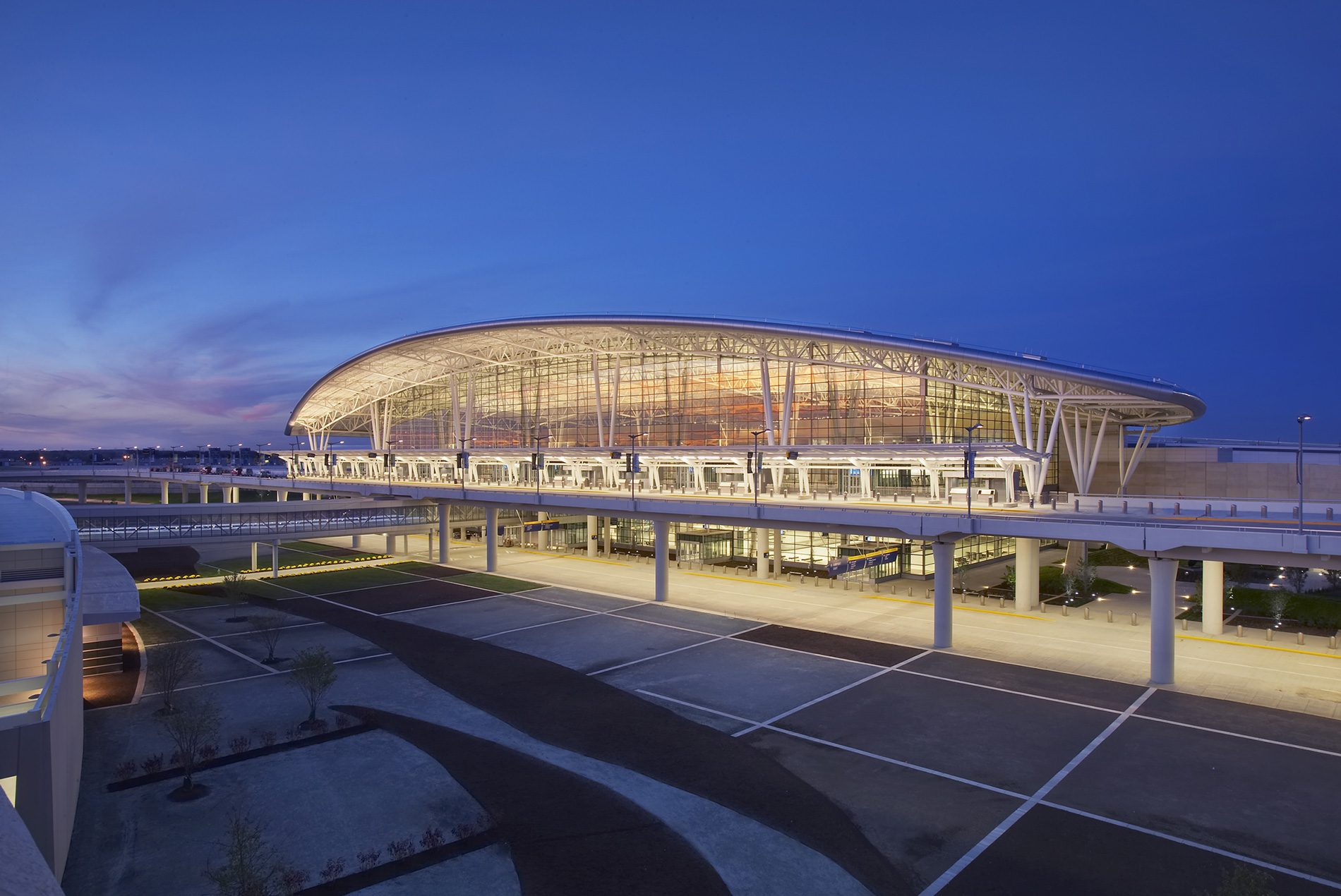 You are an advisor to the St. Louis office’s Diversity, Equity and Inclusion Committee. How is that going?
You are an advisor to the St. Louis office’s Diversity, Equity and Inclusion Committee. How is that going?
We’re in a good place. The St. Louis office was ahead of the game when we set up a Diversity Committee in 2005. At that time we didn’t have surveys or data. But we put money behind executive training on diversity and inclusion and other cultural initiatives. I give the office’s leaders so much credit. It has been interesting to watch HOK’s progression after George Floyd’s murder. We have made a quantum leap. In the airport world, we talk about optimizing the passenger experience. We are getting more strategic and intentional about reimagining the HOK employee experience around DEI. If we take care of our people by creating an equitable experience for all, they will take care of us.
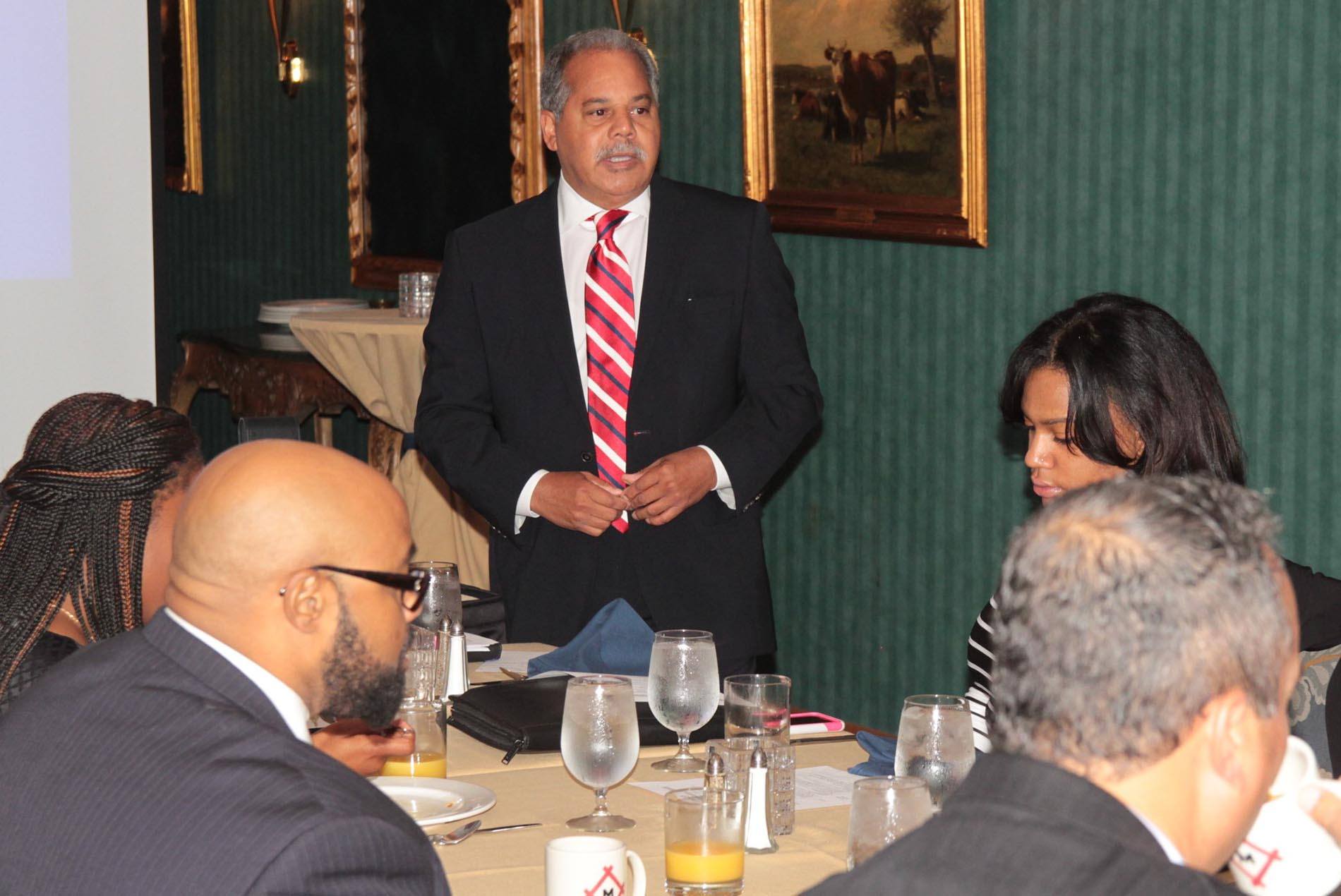 You spend a lot of time working with HOK’s minority, women and small business consultants. What kind of assistance do they need?
You spend a lot of time working with HOK’s minority, women and small business consultants. What kind of assistance do they need?
I get frustrated because the disparities in our communities never change. I sit on all these civic committees and leadership groups around the country and we’ve been talking about education, infrastructure, wellness and housing for my whole career. Same gaps. Same types of minority-owned firms going out of business for all the same reasons. It’s nothing that HOK alone can fix. But we can chip away. I try to bring these smaller firms onto our A+T project teams so we can help build their capacity. A few years ago, I noticed that this guy from a firm we were working with was struggling. I invited him to lunch and asked what was up. He just started crying. Turns out he didn’t have enough money to cover his payroll and didn’t want to tell us. We found a way to accelerate his invoices. These are the types of things we can do to make a difference. Maybe one day he’ll do the same for someone else.
What is the CEO-2-CEO program?
In 2015, I got involved with a group that helped BJC HealthCare develop a framework or improving diversity and inclusion in their contracting. We created a CEO-2-CEO program pairing leaders of 15 Black contracting firms with the CEOS of three large construction management companies: Alberici, Clayco and Wilson. Good things happen when you break down barriers between people and they get to know each other personally and professionally. Out of this program came several thriving Black-owned firms including Lou Brock Mechanical, Trinity Masonry & Tuckpointing, Penn Services and Phillips Concrete Services.
How can HOK Tapestry help?
HOK Tapestry is an online portal that allows XBE businesses interested in working with us to upload their qualifications. Lots of firms are entering their information. Now it’s the responsibility of each HOK office to engage with them—get to know them, identify their strengths and gaps, and look for partnering opportunities. This takes time and commitment
How did your joint venture team win the Maynard Jackson Soar Award for the Canopy and Modernization Program in Atlanta?
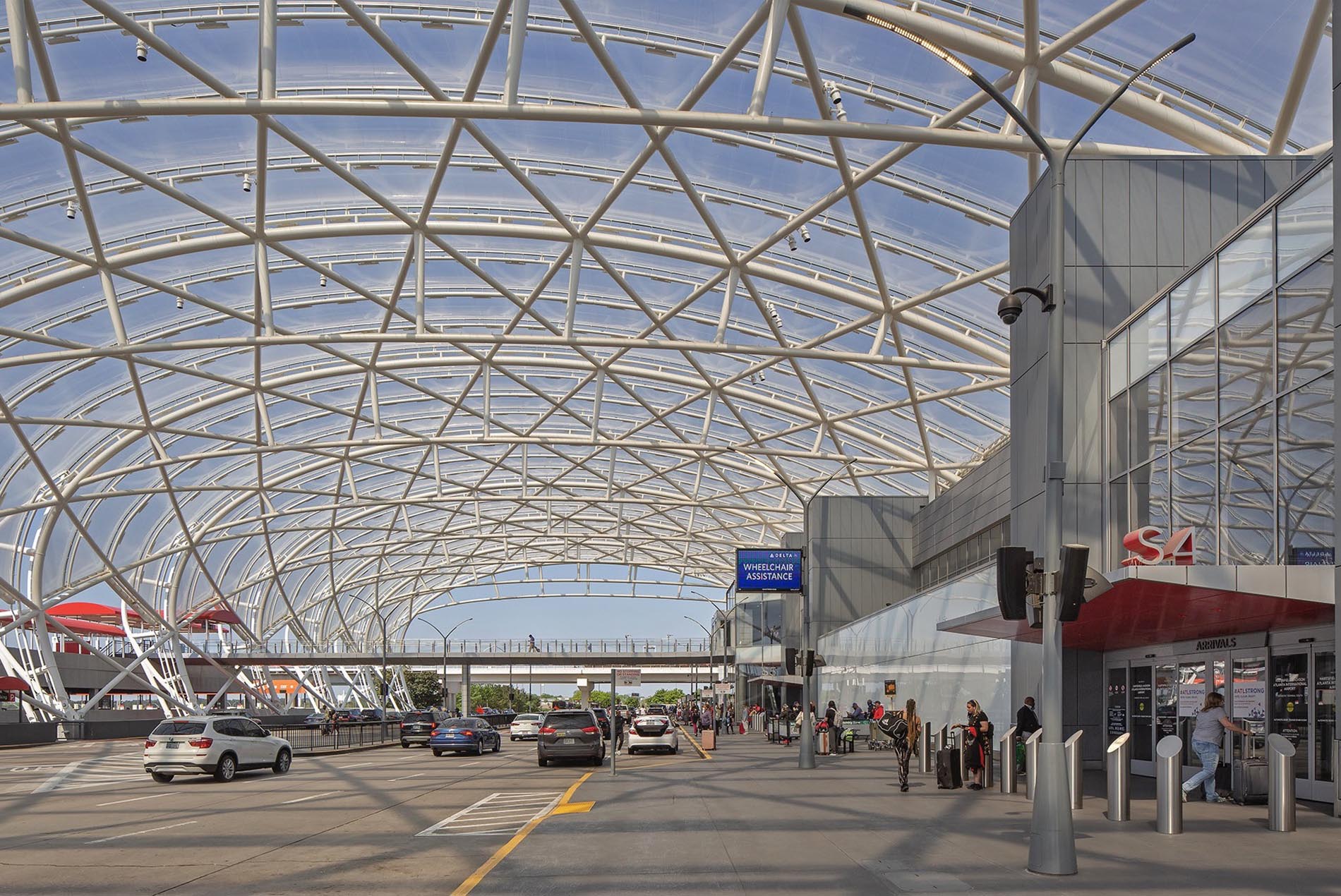 This was one of the highest-profile projects (above) that Hartsfield-Jackson Atlanta International Airport had ever undertaken. It was a complex, multi-year program with lots of public interest. Our HJ+P Joint Venture team of HOK, Chasm Architecture and Love-Stanley developed relationships with and expanded the capabilities of many small, minority and women-owned firms in the community. It wasn’t about hitting a target participation number. It was about providing the airport with a strong pipeline of partners and a legacy of inclusion. In the process, we created an iconic project for Atlanta. For me it was a special honor to build on Maynard’s legacy, as I wouldn’t be who I am without him.
This was one of the highest-profile projects (above) that Hartsfield-Jackson Atlanta International Airport had ever undertaken. It was a complex, multi-year program with lots of public interest. Our HJ+P Joint Venture team of HOK, Chasm Architecture and Love-Stanley developed relationships with and expanded the capabilities of many small, minority and women-owned firms in the community. It wasn’t about hitting a target participation number. It was about providing the airport with a strong pipeline of partners and a legacy of inclusion. In the process, we created an iconic project for Atlanta. For me it was a special honor to build on Maynard’s legacy, as I wouldn’t be who I am without him.
Tell us about the inclusive process used to assemble a joint venture team for our work with Los Angeles World Airports?
HOK, Arup and The Robert Group put together a strong outreach plan to find SBEs in Los Angeles to partner with for ongoing projects at Los Angeles International Airport and Van Nuys Airport. We registered 396 firms, 294 attended our outreach event and we interviewed 211 firms. Today, 30 of our 47 partners on the JV team are small, local and minority businesses. As we get task orders from LAWA, the team is integrating these firms into projects. Some will need technical assistance, a quick-pay program, help with insurance requirements or other support.
What’s next?
Being hospitalized for COVID-19 in 2020 was life-changing. I lie awake at night thinking about diversity, equity and inclusion. What have I done? What can I do better after being given a second chance in life? I want to help reimagine the HOK employee experience from a DEI perspective. I want to make sure we have a sound structure and systems in place to effectively engage with different consultants in the communities where we work. And we all need to keep reaching back and helping young people get exposure to what we do. That pipeline is our future.
My experience is that life ain’t no crystal stair—there will be barriers. But sometimes it just takes a little creativity and hard work. And I find if you throw a little bread out on the water, you’ll get some blessings in return.
This interview has been edited and condensed for clarity.
